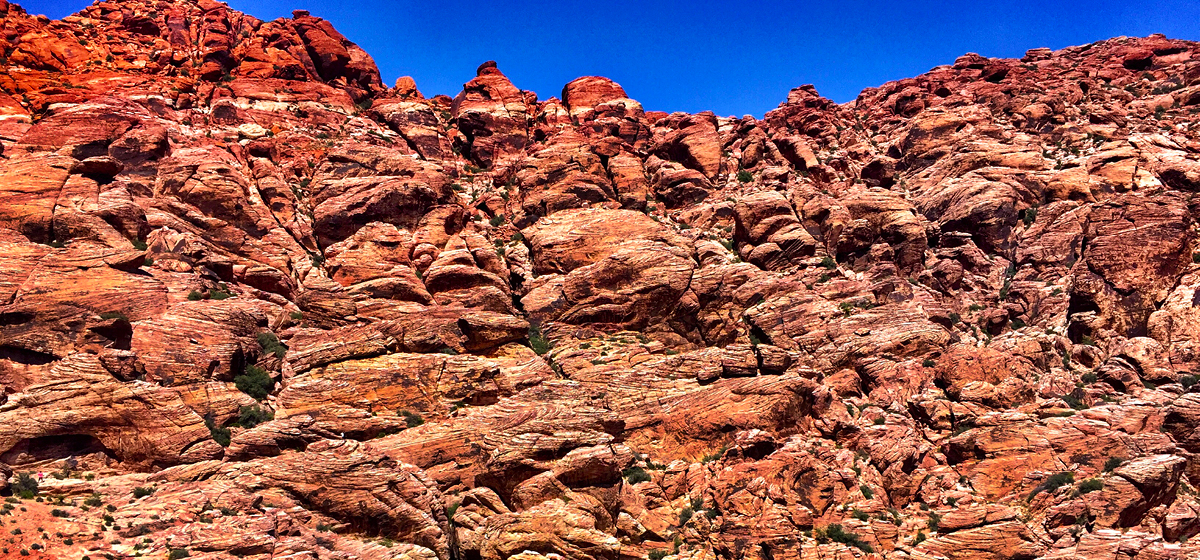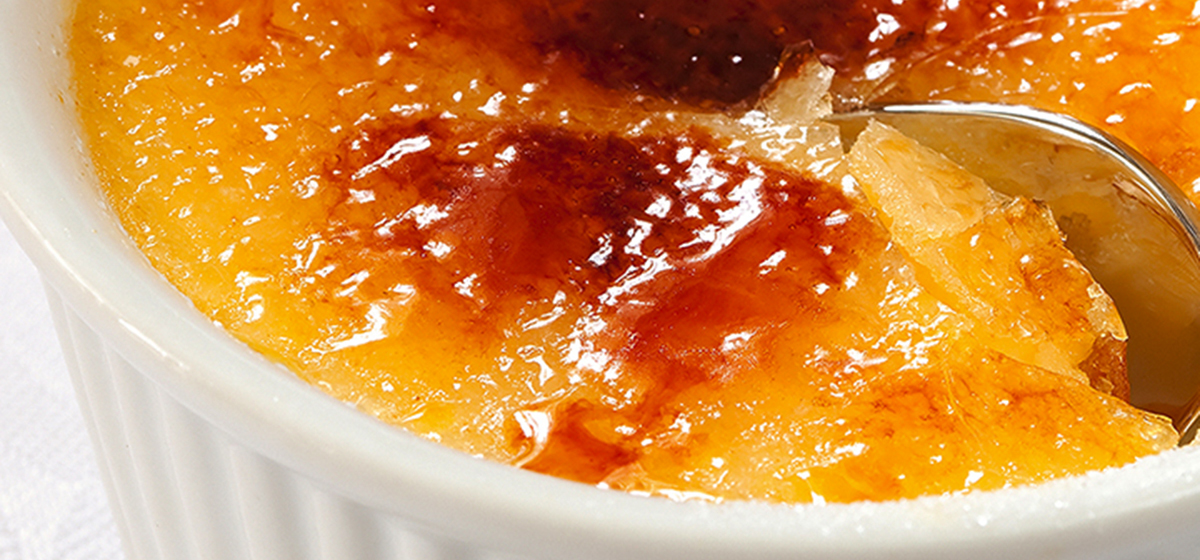(Thanks to Mike Yawn for this story idea!)
Richard Haas’ visit to Huntsville last November was one of several over the past forty years, but it had been more than a decade since he had last visited. Despite this long absence, Haas—an internationally renowned artist—has maintained a large presence in Huntsville. In fact, with 14 public murals in the downtown area, his work is literally a part of the community.
November was a fortuitous time for Haas to visit, with Texas weather that must have seemed downright balmy compared to the frigid winters in Wisconsin, where Haas was born and raised. Weather aside, Wisconsin proved to be a great place for a young person with a burgeoning interest in the arts. His uncle was the chief stone mason for Frank Lloyd Wright, giving the youthful Haas the opportunity to apprentice at the hallowed Taliesin.
 Spending time at Taliesin gave Haas the chance to see architectural drawings, occasionally interact with Wright, and better understand the connection between art and its environment.
Spending time at Taliesin gave Haas the chance to see architectural drawings, occasionally interact with Wright, and better understand the connection between art and its environment.
With this kind of background, it’s perhaps little surprise that Haas would eventually become interested in architecture-related art. But it didn’t come immediately. Haas’ undergraduate degree was in education, and it was only in his graduate studies, an MFA in Art at the University of Minnesota, that he dedicated himself to becoming a full-time artist. From there, he says, he never looked back.
 By the late 1960s, Haas was an art teacher and practicing artist. His style and career aspirations, however, began to change when he moved to New York City during a time of architectural upheaval in the city. The city was transitioning, painfully, from a modernist city-scape (“less is more”) to one with greater concern for livable spaces. It was, he said, “the midst of the headwaters of post-modernism.” It was also an opportunity for artists to contribute to a landscape in need of transformation.
By the late 1960s, Haas was an art teacher and practicing artist. His style and career aspirations, however, began to change when he moved to New York City during a time of architectural upheaval in the city. The city was transitioning, painfully, from a modernist city-scape (“less is more”) to one with greater concern for livable spaces. It was, he said, “the midst of the headwaters of post-modernism.” It was also an opportunity for artists to contribute to a landscape in need of transformation.
That opportunity emerged full-blown in the mid-1970s, when Haas was commissioned to do his first large-scale mural. At almost 9,000 square feet, the mural was indeed large scale. It also incorporated the trompe l’oeil (trick of the eye) style that became his trademark.
 Commissioned by City Walls, a non-profit organization organized to revive New York’s downtown through public art, Haas went to work at 112 Prince Street, where a six-story building stood with a completely blank east-side wall. Haas’ goal was to replicate the steel and stone front of the building onto the east side, using only paint, his imagination, and the trompe l’oeil style.
Commissioned by City Walls, a non-profit organization organized to revive New York’s downtown through public art, Haas went to work at 112 Prince Street, where a six-story building stood with a completely blank east-side wall. Haas’ goal was to replicate the steel and stone front of the building onto the east side, using only paint, his imagination, and the trompe l’oeil style.
Over the next 15 years, Haas completed more than three dozen additional outdoor murals, including works in Chicago, Philadelphia, additional works in New York City, the landmark “Homage to the Chisholm Trail” in Fort Worth’s “Sundance Square,” and a mammoth 110,000 square foot work in St. Louis. His work gained national and international notice, and architectural critics such as Paul Goldberger praised the artist’s works not only for their technical skill, but also their ability to “make over the city” and to “make it whole.”
With some 20 vacant buildings on or around the downtown square in the late 1980s, Huntsville was in need of its own “makeover,” a fact not lost on city employee Linda Pease.
“Linda contacted me sometime in the late 1980s,” recalled Haas, “and I was impressed with her tireless efforts.” But he demurred, citing a busy schedule. Pease pressed on and, eventually, her interest and the scope of the project won Haas over. “This was a chance,” the artist noted, “to extend a master plan well beyond the downtown square.”
In all, Haas completed 14 murals in the heart of Huntsville in addition to two non-mural projects, about a fifth of the artist’s total body of exterior work. It is, as both he and the Chicago Tribune have noted, the largest concentration of his work in any town.
Several of the pieces have become key parts of the city’s landscape. The triptych mural of Sam Houston at the corner of University and 11th Street, for example, not only visually ties the community more closely to the legacy of this historic figure and to SHSU, but the mural’s arches enliven an otherwise blank wall while also architecturally echoing the three large arches on the front of the adjacent District Attorney’s office.
 Local historians have cast doubt on the community’s claim that Huddie Ledbetter (“Leadbelly”) was ever imprisoned in Huntsville, but there’s no doubt he was imprisoned in Texas. His song, “Midnight Special,” evolved into a kind of anthem for inmates, for whom the titular train symbolized freedom. Haas’ “Leadbelly” mural on Sam Houston Avenue subtly elicits the community’s prison roots, while also making for an impressive south entry into Huntsville’s downtown.
Local historians have cast doubt on the community’s claim that Huddie Ledbetter (“Leadbelly”) was ever imprisoned in Huntsville, but there’s no doubt he was imprisoned in Texas. His song, “Midnight Special,” evolved into a kind of anthem for inmates, for whom the titular train symbolized freedom. Haas’ “Leadbelly” mural on Sam Houston Avenue subtly elicits the community’s prison roots, while also making for an impressive south entry into Huntsville’s downtown.
The nearby Avon Theater mural evokes a fondly-remembered movie house from the 1940s and offers a fine example of his trompe l’oeil style. Haas doesn’t expect that anyone will mistake the mural for an actual three-dimensional marquee, but he hopes that such designs will “grab the viewer’s attention” and that, once engaged, “the viewer might seek other layers of meaning and be able to read the larger story told by the artwork.”
Although less visually striking, the southwest style design that adorns many of the downtown buildings (and the courthouse) helps bring together this “larger story,” providing architectural connecting tissue across geographic space and some 120 years of building design and history.
In short, Haas married “the painted architecture as closely as possible to the existing architecture,” to provide a cohesive and appealing look for downtown Huntsville, adding to the city’s artistic treasures.
In addition to the artistic and technical challenges associated with the type of work Haas does, legal and commercial issues also come into play. On a project such as Huntsville’s, not only is a “champion” needed, but buy-in is also needed from the community and the building owners. Fortunately, Haas and Pease were able to get building owners to agree to refrain from altering the artwork for a period of at least 25 years.
But even without purposeful man-made alteration, the weather, structural deterioration, or the change in the purpose of a structure can all threaten the life of a Haas artwork. Accordingly, only about half of Haas’ exteriors in the United States have been preserved.
Haas’ Huntsville pieces, however, have persevered, well served by the stewardship of Pease, the Huntsville Arts Commission, and the City of Huntsville. They also have served Huntsville well. In addition to providing images now linked inextricably to the community, they brought renewed interest in the downtown area.
As the Haas murals were being completed, more businesses moved downtown; the number of vacant buildings declined from approximately 20 to fewer than 10. In 2001, the Haas murals were an important part of the City’s successful application to the Texas Historical Commission for a Main Street Program. Almost a decade later, the murals were key in the City being designated one of the state’s first seven “Cultural Districts” by the Texas Commission on the Arts. In 2009, Haas’ body of work was part of a larger package of materials sent to the White House for consideration as a “Preserve America Community,” a designation the White House granted the following year.
 In a feature on Haas, The New York Times referred to the artist as an “architect,” but during his visit to Huntsville, he indicated he preferred the label “urbanologist,” emphasizing his concern with urban areas and the quality of life in those areas.
In a feature on Haas, The New York Times referred to the artist as an “architect,” but during his visit to Huntsville, he indicated he preferred the label “urbanologist,” emphasizing his concern with urban areas and the quality of life in those areas.
In the introduction to his book, The City is My Canvas, he speaks directly to this concern, noting that public art “can have a positive effect on a community as a whole.” Such an effect, he continues, was illustrated on “one such project” in “Huntsville, Texas,” where “a combination of painted and built finishes” helped rejuvenate the downtown of this “small urban center.”
With his most recent visit to this small urban center, the relationship between the artist and the community deepened, and the city’s trove of artistic treasures expanded. Indeed, his return to Huntsville was prompted, in part, by his announcement that he was donating to the City of Huntsville more than 60 “working drawings” that he completed in the early 1990s, in preparation for his art installations in Huntsville.
To be housed at the Library and the Wynne Home, this collection is, according to Linda Pease, “a community treasure.” This trove, appropriately, will be housed in City offices, nested in a larger community greatly enriched by the many artworks of Richard Haas, urbanologist and artist.


